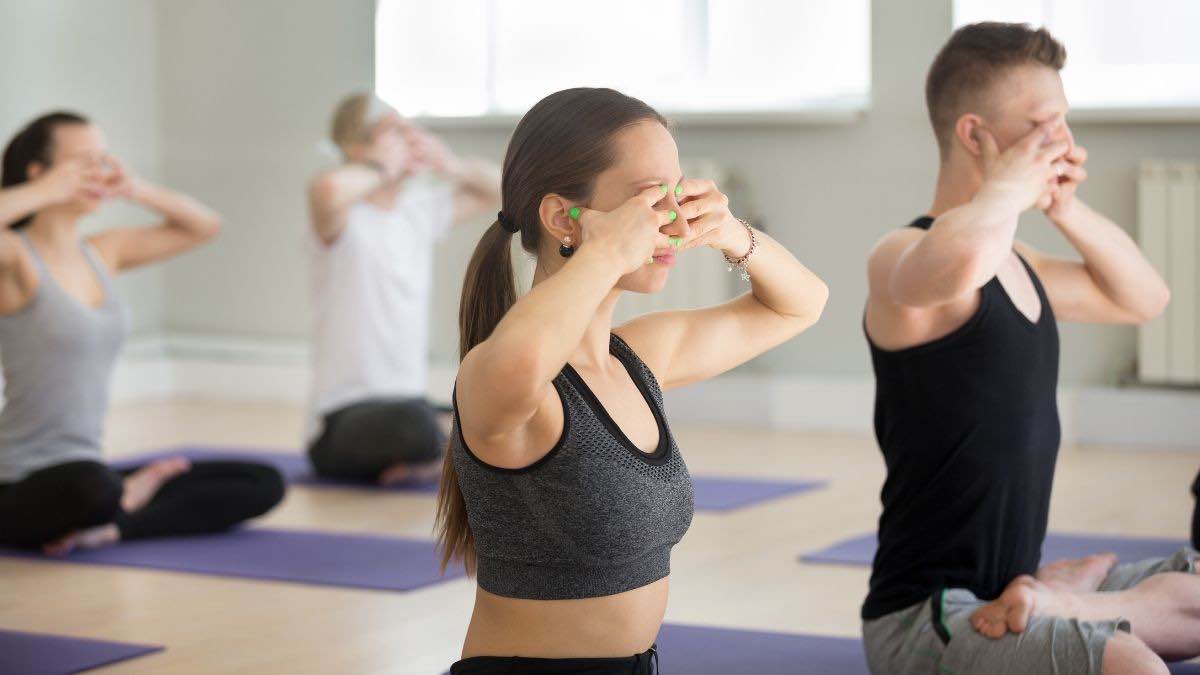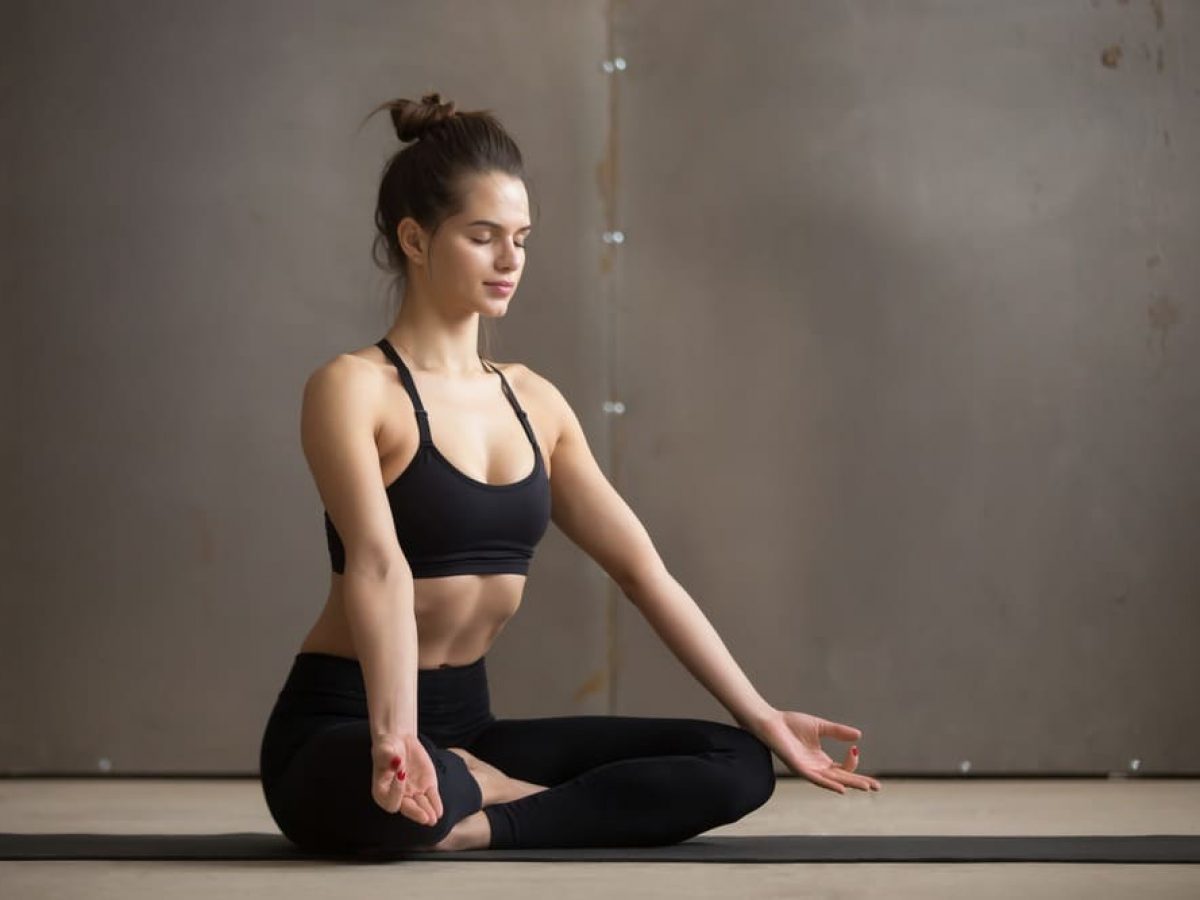Snoring is caused by the rattling and vibration of tissues near the airway in the back of the throat. During sleep, the muscles loosen, narrowing the airway, and as we inhale and exhale, the moving air causes the tissue to flutter and make a noise like a flag in a breeze.
The sound of snoring is irritating and annoying and can lead to sleep deprivation for the bed partner. But the noise of snoring can also cause a number of health problems.
For people with mild snoring, research has shown that mouth and throat exercises can help tone the muscles around the airway so that snoring is not as frequent or noisy. Likewise, the same mouth and throat exercises have been shown to improve mild to moderate obstructive sleep apnea.
5 Yoga Postures to Prevent Snoring
Bhujangasana (Cobra Pose)

Body blood circulation is maintained due to this yoga pose. This asana helps in clearing the lung, which helps in preventing snoring.
To Perform:
Lie flat on your stomach and place your head on the ground. Keep both your hands on either side of your shoulders. Slowly, put pressure on your palms and lift your body up from the torso while stretching your back and belly muscles. Straighten out your arms and keep your shoulder blades pressed against your back. Fix gaze at a point on the ceiling and hold this posture for about 15-30 seconds and exhale as you return to the starting position.
Dhanurasana (Bow Pose)
Helps clear the lung and opens up the chest muscle which helps in preventing snoring. Regulates breathing.

To do this asana, lie down on your stomach on the mat. Now, press the toes of all your feet into the floor and then bend your knees and keep the toes active. Grab the outer edges of your ankles with your hands and bend your legs firmly. After that inhale and exhale. Repeat.
Bhramari Pranayama (Bee Breath)
Bhramari Pranayama helps you to release the tension of the mind. This detoxifies your mind, but its biggest benefit is in reducing blood pressure and correcting blood circulation. In this way, Bhramari Pranayama reduces many causes of snoring such as this press bad, blood, circulation, obesity, etc., which helps in stopping your snoring.

To do this pranayama, sit in a quiet place and close your eyes. Place your index finger on your ear. After this, breathe in, and while exhaling press the cartilage with your fingers. After this, breathe and exhale, again and again, repeat this pattern about 6 to 7 times.
Ujjayi Pranayama (Victory Breath Technique)
Provides strength to muscles of the throat and face. Ujjayi pranayama, in due course of time, also cures the problem of snoring – and in doing so, might save a relationship.
Sit comfortably but erect; either in Sukhasana or Padmasana. If either of these is not possible; you might use a chair with a straight back. If a chair is not feasible either, doing it lying down works fine as well. Either way, keep your back straight and your eyes closed. Constrict your throat to lengthen and lighten the inhalation. Now, inhalation would produce a sound like the ujjayi sound. Producing the ujjayi sound, inhale slowly, through both nostrils to the lung’s capacity. While exhaling, close the right nostril with your right thumb and exhale through the left nostril only.
Repeat this cycle at least 3 times.
Kapal Bhati Pranayama (Skull Shining Breathing Technique)
The Kapalbhati–or the shining skull technique–is another breathing technique that could aid in snoring problems. It is performed so that the lungs, cranial sinus, and other organs located in the skull will be cleared. The technique includes a variety of compelling inhaling and exhaling routines.

Because it clears up your cranial sinus, it helps to unclog the airways. As a result, no more snoring due to clogged airways.
A non-surgical option to manage to snore is yoga treatment. Practice asana, pranayama, and kriya and match them with a healthy lifestyle and balanced diet. Quantity and quality of sleep will enhance; so is your connection.
Disclaimer
The Content is not intended to be a substitute for professional medical advice, diagnosis, or treatment. Always seek the advice of your physician or other qualified health provider with any questions you may have regarding a medical condition.